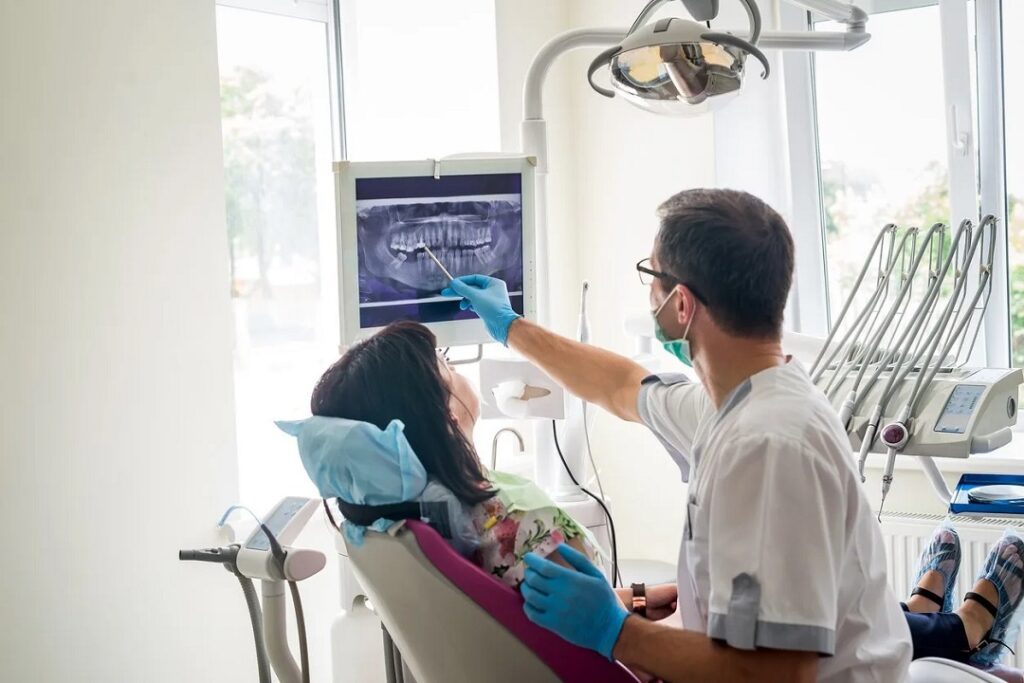In the ever-evolving field of orthodontics, staying abreast of the latest technological innovations is crucial for practitioners aiming to provide cutting-edge and effective treatments.
In this blog, we’ll delve into the exciting realm of orthodontic innovations, exploring the latest technologies that are reshaping the way dental professionals approach teeth straightening.
3D Printing: A Revolution in Precision
One of the most transformative innovations in orthodontics is the integration of 3D printing technology. Traditional methods often involve manual adjustments, but 3D printing allows for the creation of highly precise and customized orthodontic devices. This not only enhances the accuracy of treatment but also opens the door to more efficient and tailored solutions.
Artificial Intelligence (AI) in Treatment Planning: Precision Redefined
The incorporation of AI into orthodontic treatment planning has ushered in a new era of precision and efficiency. AI algorithms can analyze vast amounts of patient data to create personalized treatment plans.
Companies like ODONTO Aligners leverage AI to optimize tooth movements, ensuring that each aligner is designed to achieve the desired results with the highest level of accuracy.
Teledentistry: Bridging Gaps and Enhancing Accessibility
The rise of teledentistry has been a game-changer in orthodontics. This technology allows for virtual consultations, making initial assessments more convenient for both patients and practitioners. With the ability to remotely monitor treatment progress, teledentistry enhances accessibility, making orthodontic care available to a broader population.
Augmented Reality (AR) for Patient Education: Enhancing Understanding
Orthodontic innovations aren’t just limited to treatment procedures; they extend to patient education as well. Augmented Reality (AR) applications enable dentists to provide interactive and immersive experiences for patients.
This technology allows individuals to see a simulated version of their post-treatment smile, fostering better understanding and engagement.
Smart Aligners: Moving Beyond Static Treatment
Smart aligners represent a significant leap forward in orthodontic technology. These aligners incorporate sensors and tracking devices to monitor wear time and tooth movement.
Practitioners can use this data to assess treatment progress and make real-time adjustments, ensuring a more dynamic and responsive approach to teeth straightening.
Digital Smile Design (DSD): Aesthetic Precision
Aesthetic considerations are paramount in orthodontics, and Digital Smile Design (DSD) technology allows practitioners to precisely plan the desired outcome of treatment.
By digitally mapping the final result, dentists can communicate effectively with patients about their expected post-treatment appearance, aligning expectations and enhancing patient satisfaction.
In conclusion, the landscape of orthodontics is continually evolving, driven by technological innovations that aim to make treatments more precise, efficient, and patient-friendly.
Embracing these advancements, including AI-driven treatment planning, 3D printing, teledentistry, AR, smart aligners, and DSD, ensures that orthodontic practitioners can offer the best possible care to their patients.
As we navigate the future of orthodontics, these innovations stand as beacons of progress, promising a new era of personalized, efficient, and technologically advanced teeth straightening solutions.


